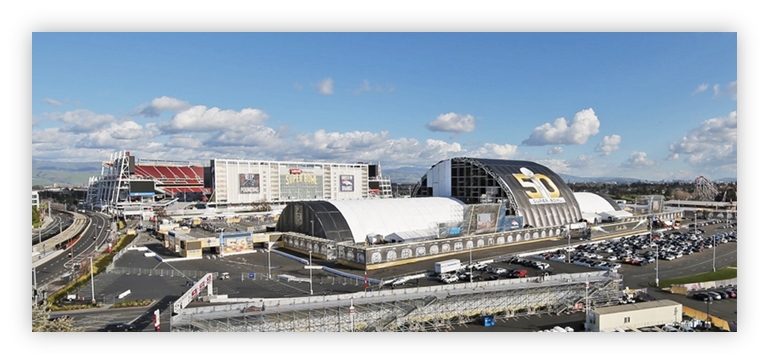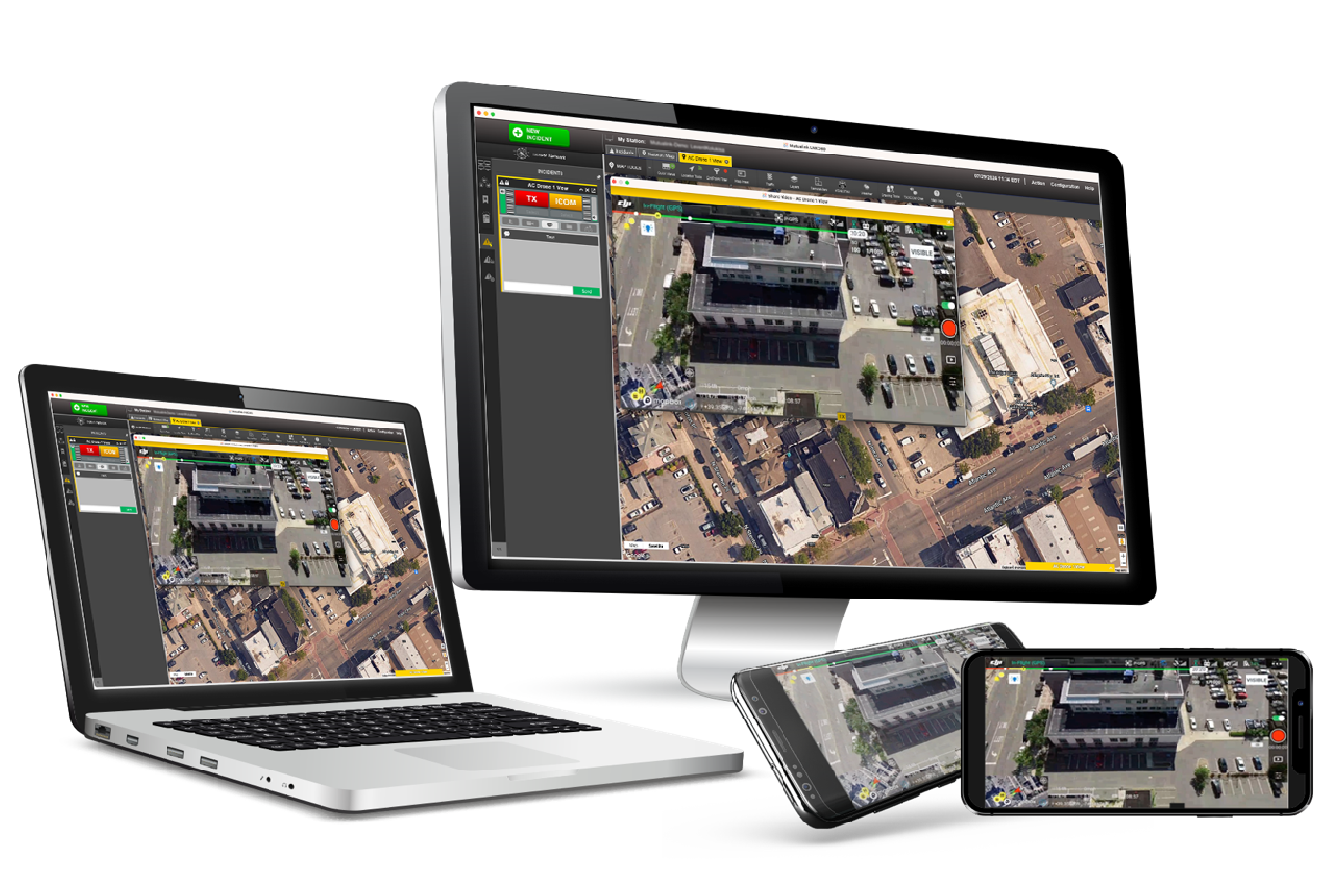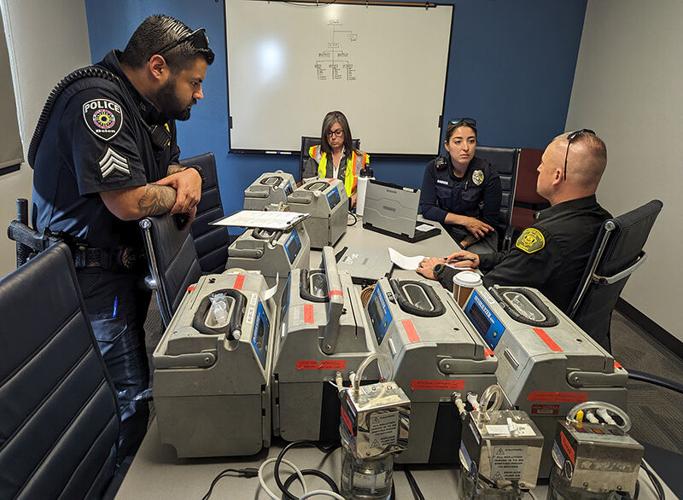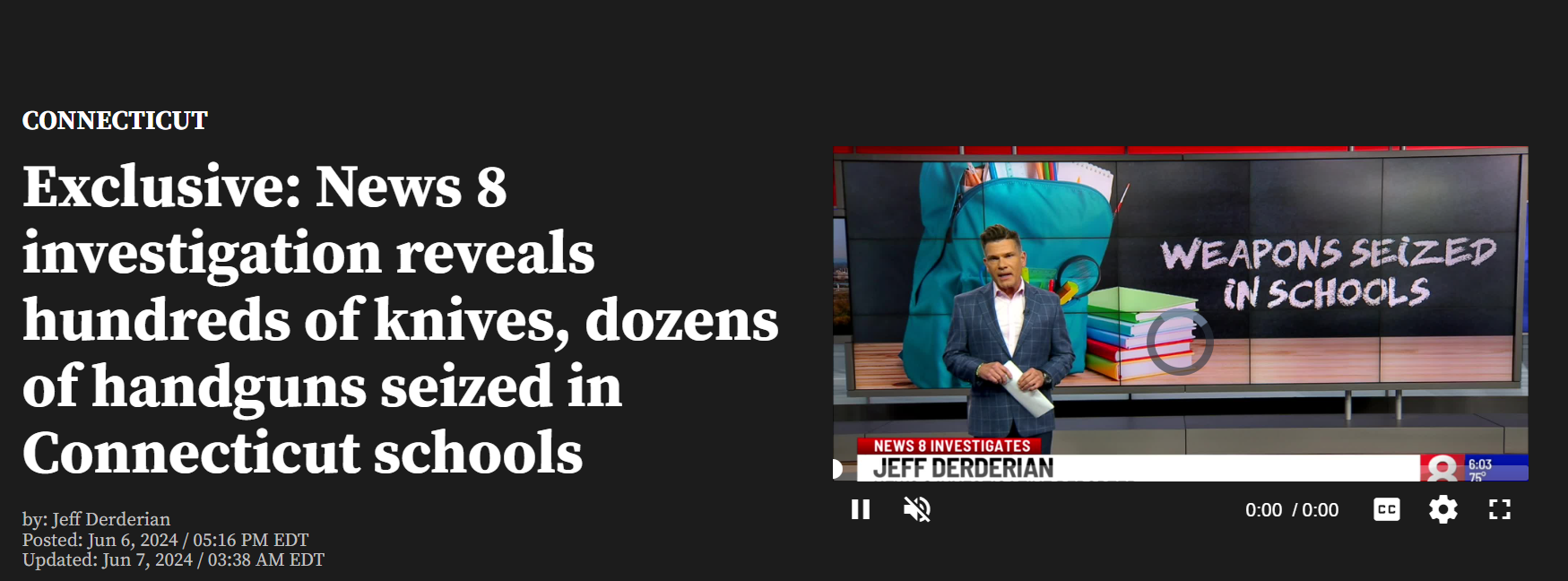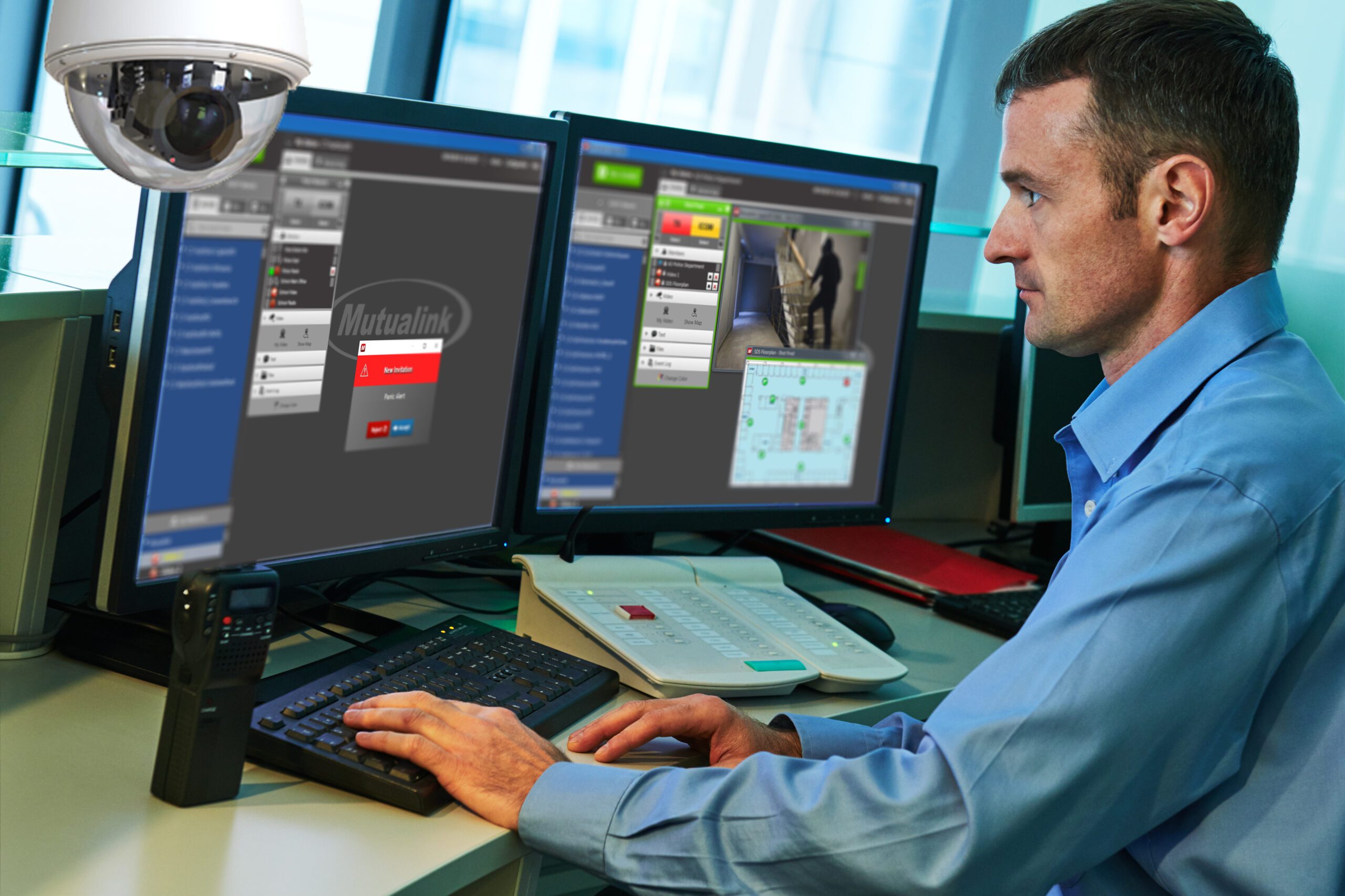Advances in Interoperability
Security for Super Bowl 50 provided a unique security challenge. Two densely populated cities, thousands of first responders from dozens of local, county, regional, state and federal agencies, and private-sector emergency management professionals were all involved with the unprecedented security operation.
Super Bowl 50, held earlier this year in Santa Clara, Calif., is a real-world example of exemplary public safety planning and training. Success came, in part, as a result of identifying key players and implementing innovative technologies.
When operationalized, information sharing and situational awareness are beneficial factors for a coordinated response to a terrorist attack or similar emergency situation. Using Super Bowl 50 as an example, this article presents the critical planning steps needed to prepare for an event of this scale, including identifying the key players and technology resources necessary to orchestrate a large special event (LSE), and how to overcome the challenges associated with each step.
Setting Up for Success
Almost as important as the event itself, the planning stages lay the foundation for successful information sharing and situational awareness for LSE security operations. The more prepared all involved agencies are, the better they are able to handle situations, respond to threats, and provide insights for future events.
Supporting the effort in the planning stages was the Bay Area Urban Areas Security Initiative (UASI), representing 12 counties and three core cities with a combined total population exceeding 8.2 million people. In support of local planning and preparation, the Bay Area UASI developed the Bay Area Large Special Events Planning Guide and Concept of Operations (CONOPS) Template. The goal of this template was to standardize preparations and support jurisdictional coordination during Super Bowl 50 and all other LSEs in the Bay Area.
Many agencies and jurisdictions involved in Super Bowl 50 leaned heavily on this template to maximize security and response efforts before, during, and after the Super Bowl. The region drew on past experiences, including Pride Day parades, celebrity visits, sold-out concerts, and other major sporting events, to operationalize a plan for Super Bowl 50.
Interoperability for the Super Bowl
Prior to Super Bowl 50, Bay Area UASI Regional Project Manager Corey Reynolds, who manages interoperable communications investments and spent game day in the San Francisco Emergency Operations Center (EOC), conducted a focus group with new and existing technology users across the region to test and get comfortable with using the situational awareness technology implemented for the event. The training sessions also provided users with the opportunity to troubleshoot problems and challenges that occurred and determine the best ways to solve them in real time.
“This was the first time all these existing technologies were used in conjunction with each other for such a massive regional event,” Reynolds said. “The focus group was an opportunity for all the participating agencies to share best practices and understand and coordinate on the use of technology before the event.”
Urban Shield s a Training Ground
In addition to the Bay Area UASI focus group, preparation also came in the form of Urban Shield, an annual, three-day intensive training exercise for law enforcement and emergency response agencies. Urban Shield is a full-scale regional exercise that assesses the Bay Area region’s response capabilities related to planning, policy, procedures, organization, equipment and training.
The exercise tests the region’s integrated systems for prevention, protection, response and recovery in the high-threat, high-density urban area. In addition to identifying what the area does well, the exercise also exposes matters that need improvement. Yellow Command 2015, the emergency management component of Urban Shield, was held prior to Super Bowl 50 and provided participants the opportunity to practice information sharing and situational awareness through simulated terrorist situations.
Urban Shield, the UASI focus group and the CONOPS template allowed agencies to standardize best practices and avoid duplicative efforts in the Bay Area when preparing for an LSE. This planning phase also allowed participants to uncover what challenges they may face and provided them an opportunity to work through overcoming those challenges. A critical factor leading up to any LSE is the opportunity for participating agencies to start developing relationships with the other agencies involved. Using the systems for an LSE and through day-to-day use, agencies opened the door for multi-city and multi-jurisdictional collaboration.
What Needs to Be Shared?
When preparing for an LSE, relationships are paramount. In addition to local law enforcement and fire personnel, EOC managers, incident commanders, and other state and federal agencies need to be deeply involved in the planning phase. Since Super Bowl 50 events were taking place in two locations 50 miles apart, new communications challenges were introduced and it was clear that many more agencies beyond local law enforcement and fire departments would need to participate and collaborate.
One of the critical key players involved with Super Bowl 50 was the Northern California Regional Intelligence Center (NCRIC). The NCRIC, in cooperation with law enforcement, provides comprehensive intelligence products that give public safety officials a vital regional picture of trends and patterns related to terrorist operations and other criminal activities. The NCRIC also provides training to public and private member agencies. Far beyond helping protect the community, the NCRIC helps its members prepare for terrorism incidents in order to protect critical infrastructure.
Critical infrastructure
Hospitals, utilities and public transportation are examples of critical infrastructure which is the backbone of the United States economy, and the vitality of these resources is congruent with the health and wealth of the nation. These resources are mostly privately owned, but having the opportunity to bring these resources into the communications plan before the event was critical for LSE security.
After the power outage at Super Bowl 49, Pacific Gas and Electric Company (PG&E) was brought into the planning stages for Super Bowl 50 and agreed to share video with other participating agencies. The relationship established with PG&E prior to the actual event made the communications resource sharing smooth and streamlined during the pre-game events and on game day.
Another critical resource involved with information sharing and situational awareness at Super Bowl 50 was the California Department of Transportation (Caltrans), which was able to share messaging boards, traffic flow, and surveillance cameras. With massive amounts of people moving between multiple locations in the San Francisco and Santa Clara areas, the ability to share information between Caltrans and the EOCs was highly beneficial for all parties involved.
Real-Time Information Sharing
Three existing technology systems were identified during the planning phase and used during Super Bowl 50 to maximize the benefits of information sharing and situational awareness. The first, Mutualink, is a real-time interoperable communications platform used to improve collaboration and coordination between multiple agencies using disparate communications systems.
The technology was deployed in mobile Go Kits as well as in the EOCs, dispatch centers, and command posts to share live video from the playing field and other locations. Mutualink allows local, state, federal, and private agencies to share critical information—such as voice, video, text, and data files—over a secure network, while remaining in control of their own resources. The strategic deployment of the Mutualink Go Kits allowed the folks on the ground to share video situational awareness, and other important information directly back to dispatch, the EOC, and the command post.
Web EOC
Web EOC was also used during the event as an incident management capability to support the mission of crisis management for public safety and emergency personnel. The system provides access to information and promotes sharing and situational awareness between local organizations and the California Office of Emergency Services (CalOES).
The California Common Operation Picture (Cal COP) was used for enhanced threat awareness and is a cloud-based data sharing platform available to all Bay Area UASI public safety agencies. Cal COP leverages local and regional threat management and critical infrastructure assessments to create a common threat awareness picture allowing agencies to more effectively and efficiently understand the threat landscape across public safety disciplines, agencies, and jurisdictional boundaries.
With an effort led by David Frazer, the Statewide Cal COP Manager, who has experience working at all California UASI locations, Cal COP was integrated into Web EOC allowing all agencies to receive information from the ground up, and get the actionable data quickly into the hands of core decision makers. These technologies combined provided a valuable stream of data during the event.
Mutualink, Web EOC, and Cal COP
The platforms operated as complementary technologies, working side-by-side or ‘stacked’ for seamless information sharing and improved situational awareness. These systems allowed for information to be quickly shared and analyzed by the right people at the right time by breaking data silos and opening the boundaries between all participating agencies.
“If you silo yourself into limited information sharing networks and cut people off, the situational awareness itself doesn’t work,” Frazer said. “With more than 650 state and federal users, these technologies allowed us to open the communications and provide access to everyone, including the private entities at the EOCs.”
Super Bowl 50 information sharing and situational awareness efforts were successful because of the thoughtful planning that took place far in advance of the event, and judicious use of available technologies to facilitate shared communication. Throughout the planning cycle, key players were identified, and during training exercises, agencies were able to build solid relationships with each other that proved to be beneficial for communications sharing before, during, and after the big game.
These strategies could be implemented across the globe for any large special event to enhance collaboration and coordination between multiple agencies to prepare for—and defend against—any possible emergency incidents. With the large amounts of data available to all participating agencies, and the alignment of technology use, the event was a huge success. This success can be attributed directly back to the planning and relationship building before the event.
Written by Craig Dziedzic and Rob Wright
Rob Wright is the Business Development Director with Mutualink and Craig Dziedzic is the General Manager of the Bay Area UASI.
Published in Law and Order, Sep 2016
